India has a rich cultural heritage and boasts of numerous UNESCO World Heritage Sites. From stunning temples and forts to ancient ruins and national parks, India has a diverse range of attractions that have been recognized by UNESCO for their outstanding value to humanity. In this article, we will explore some of the most popular UNESCO attractions in India.
1.Taj Mahal: Located in Agra, the Taj Mahal is undoubtedly one of the most famous UNESCO World Heritage Sites in India. This stunning white marble mausoleum was built by Mughal emperor Shah Jahan in memory of his beloved wife Mumtaz Mahal. The Taj Mahal is widely regarded as one of the world’s greatest works of art and attracts millions of visitors each year.
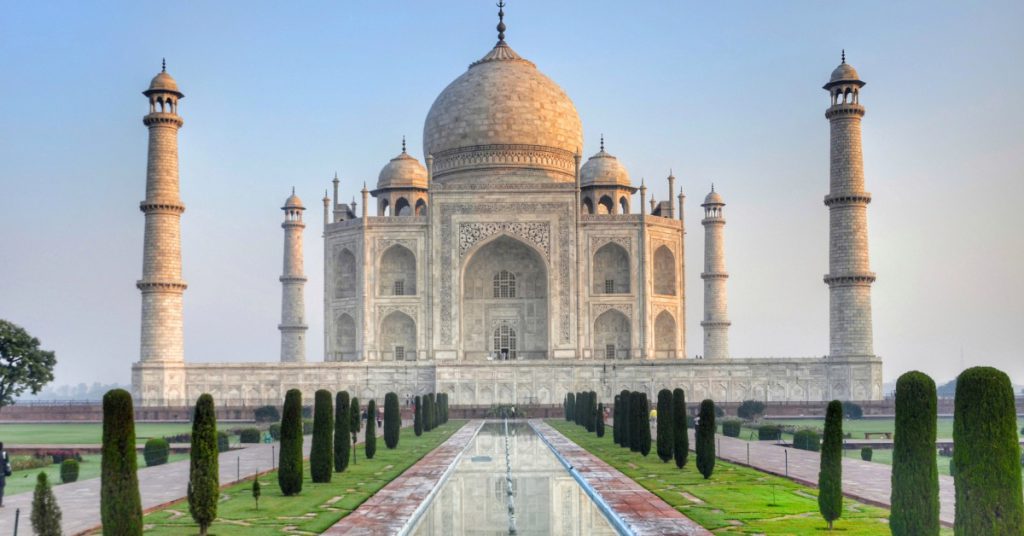
2.Khajuraho Group of Monuments: The Khajuraho Group of Monuments is a collection of Hindu and Jain temples in Madhya Pradesh. These temples are renowned for their intricate carvings and sculptures, which depict various deities, celestial beings, and scenes from Hindu mythology. The temples were built between the 10th and 12th centuries and are considered to be some of the finest examples of temple architecture in India.
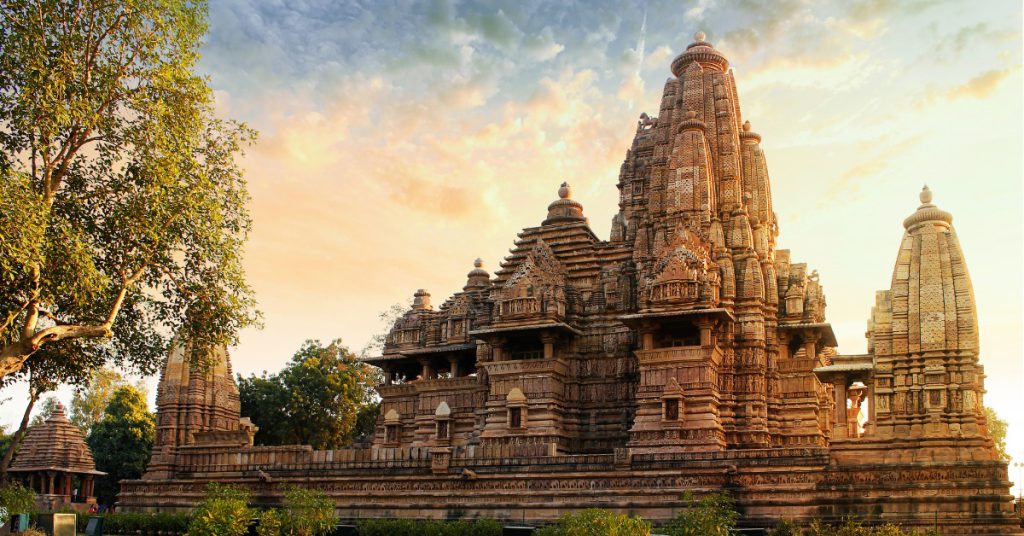
3.Hampi: Located in the southern state of Karnataka, Hampi is a UNESCO World Heritage Site that is home to the ruins of the Vijayanagara Empire. This ancient city was once a thriving metropolis and served as the capital of the Vijayanagara Empire from the 14th to the 16th century. Today, the ruins of Hampi attract visitors from all over the world, who come to explore the various temples, palaces, and other architectural wonders that are scattered throughout the site.
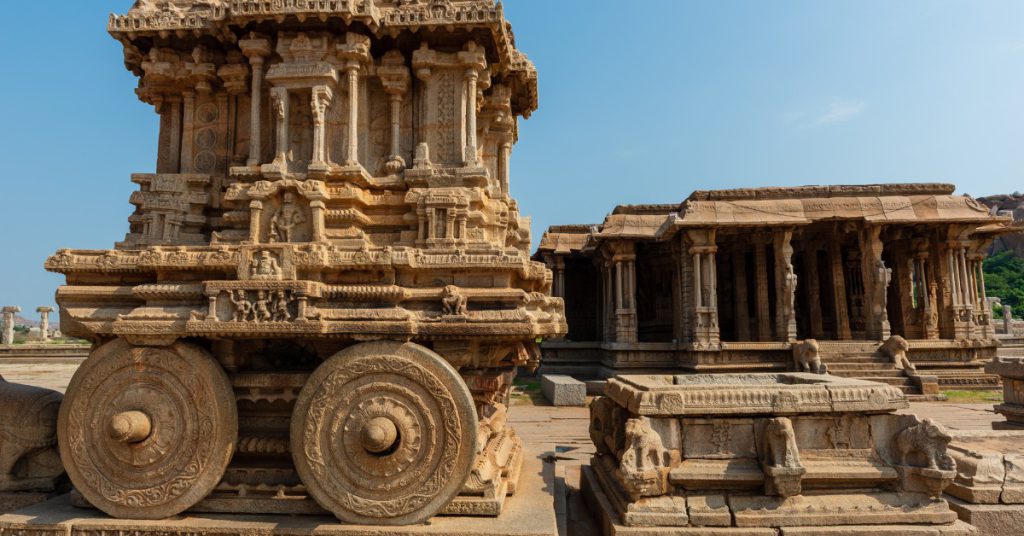
4.Ellora Caves: The Ellora Caves are a group of 34 rock-cut temples and monasteries located in Maharashtra. These caves were built between the 6th and 10th centuries and represent the fusion of Hindu, Buddhist, and Jain religions. The most famous of the Ellora Caves is the Kailash Temple, which is carved out of a single rock and is considered to be one of the largest monolithic structures in the world.
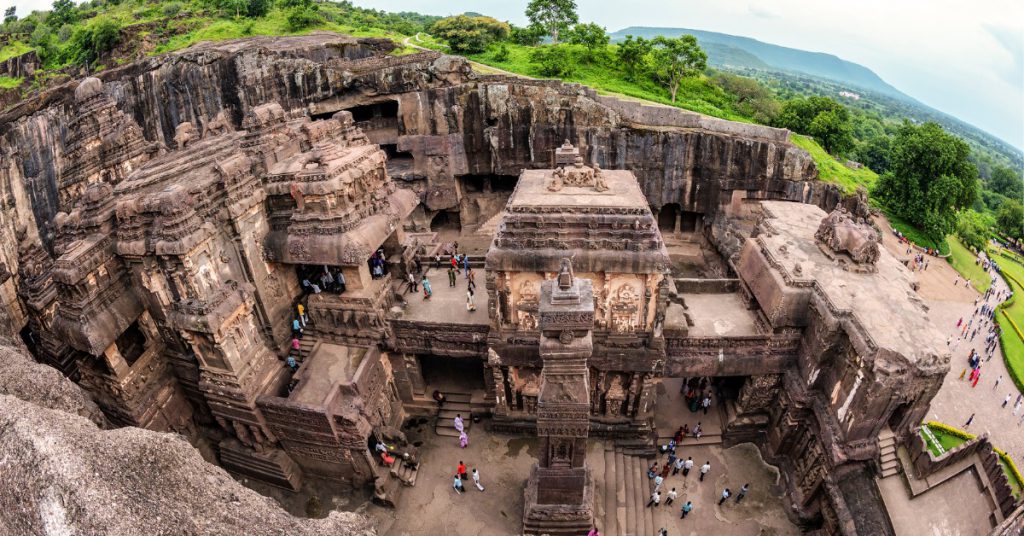
5.Ajanta Caves: The Ajanta Caves are a collection of 29 Buddhist rock-cut caves located in Maharashtra. These caves were built between the 2nd century BCE and the 6th century CE and are renowned for their elaborate frescoes and sculptures, which depict various scenes from the life of the Buddha. The Ajanta Caves are considered to be one of the greatest surviving examples of ancient Indian art.
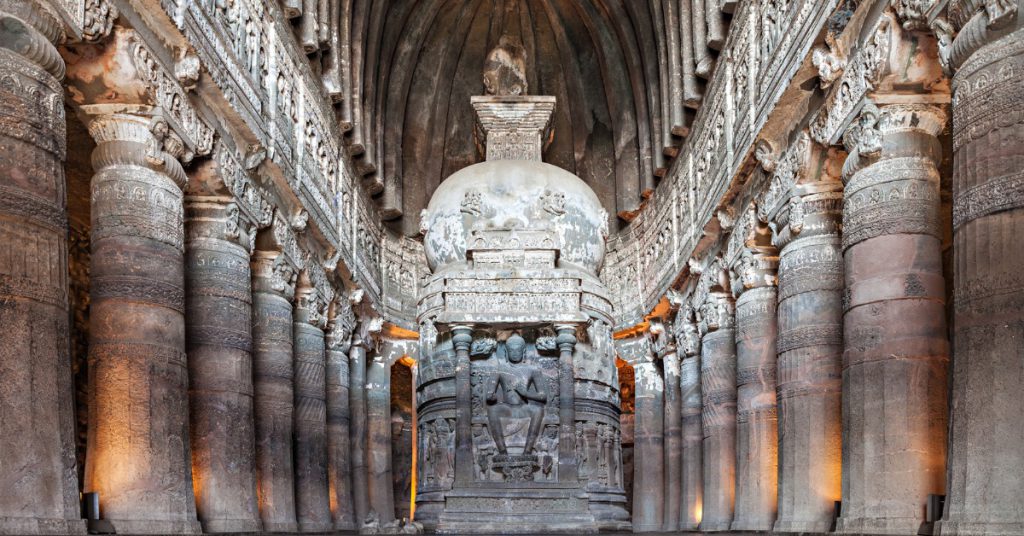
6.Fatehpur Sikri: Fatehpur Sikri is a deserted city located near Agra in Uttar Pradesh. It was built by Mughal emperor Akbar in the late 16th century and served as his capital for over a decade. The city is known for its stunning architecture, which is a blend of Indian, Persian, and Islamic styles. The most famous building in Fatehpur Sikri is the Buland Darwaza, which is considered to be one of the finest examples of Mughal architecture.
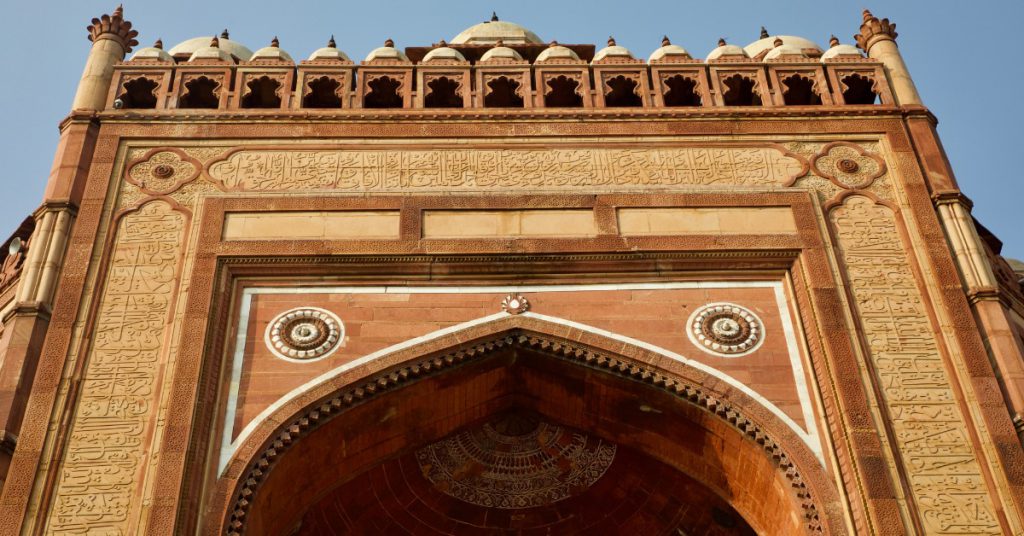
7.Mahabodhi Temple Complex at Bodh Gaya: The Mahabodhi Temple Complex is located in the town of Bodh Gaya in Bihar and is considered to be one of the most important Buddhist pilgrimage sites in the world. This complex is home to the Mahabodhi Temple, which marks the spot where the Buddha is said to have attained enlightenment. The temple complex also includes numerous other shrines, monasteries, and meditation sites.
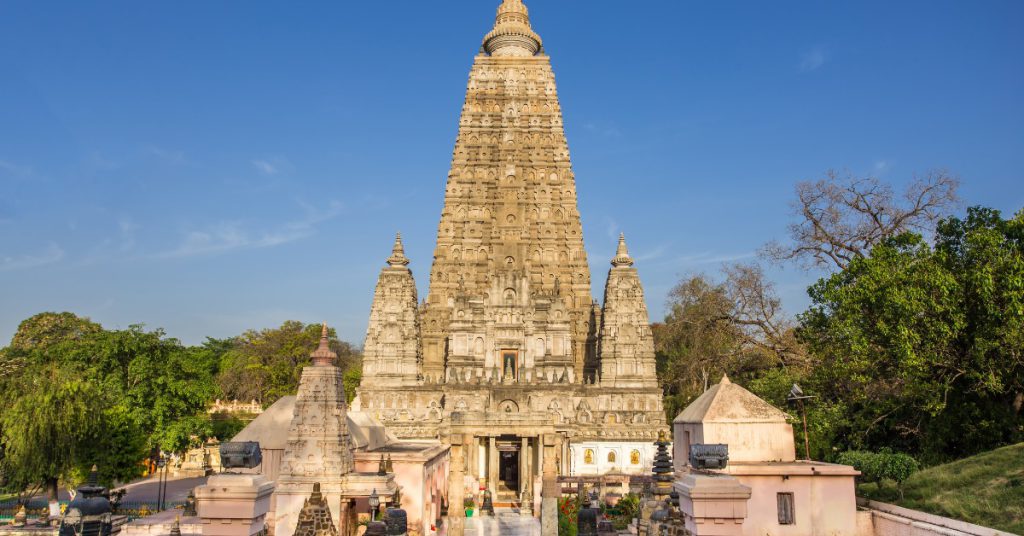
8.Western Ghats: The Western Ghats is a mountain range that runs along the western coast of India. This range is home to numerous national parks and wildlife sanctuaries and is considered to be










